We love to hear about our clients swimming journeys with GoodSwim... What was your swim ability before you started swimming with GoodSwim? I could only swim the normal breaststroke but wasn’t able to do a good chest crawl. How did you feel after your first few sessions? After the very first lesson I already felt so much improvement and was sure I was able to learn it in a relatively short period. How did GoodSwim help you on your swim journey? Linda is such a fun, lovely woman who has a lot of patience and she has so many good tips. That helped me a lot. What was a breakthrough/stand out moment for you? That I felt that I was a much faster swimmer and it cost me less effort than a normal breaststroke. Do you have a goal or personal achievement you are working for in 2020? I have not yet set a goal for 2020 as my reason for taking the swimming lessons was mainly to gain skills and use it to improve my paddling for surfing. When there’s no surf I can always decide now to swim instead! Coaches notes: Flo came to GoodSwim looking to learn freestlye and gain knowledge of how to breathe efficiently and effectively. Flo progressed from the basics of learning how to breath, into a relaxed and smooth freestyle swimmer after just 4 x 30 minute swimming lessons. From swimming 5 metres with her head out of the water to swimming multiple 50 metre laps of the pool comfortably was both amazing and a privilege to a part of her journey. EPIC FLO! Flo also applied the skills to her surfing and became more confident in the ocean. It improved her paddle strength, technique and also for ability to control her breathing in conditions and situations outside of her comfort zone. As surfers we need to be sure of our own ability to be in the ocean and being able to swim is both essential and potentially life saving!
0 Comments
Innumerable benefits of cold water swimmingOK so there is no avoiding it... winter is upon us and the ocean temperature is also dropping. But do not let that hold your ocean swimming back as it is proven that cold water has its own innumerable benefits. Personally I never regret being in or around the ocean no matter what the conditions, it has a certain healing power and it may improve your mood.
So what are some of those benefits...
Come and join me for an ocean swim and let's get out there and enjoy it.
Are you struggling with your breathing whilst swimming?
Sounding all a lot easier said than done?! If you want to work on your breathing technique whilst swimming then contact me on 0404 245 825 and we can a create a personal program suited to your abilities.
Are you confident in your surf swimming skills?
4. Go with the waves Never paddle to the channel or the rip, as it will most likely suck you back out. So just go for a medium set wave, body surf it for as long as you can. Don’t get to picky, it may take several waves to get to the shore. Be careful with big powerful whitewater, especially on a big day as it can push you down and tumble you around and again create panic and waste your energy to fight for the surface.
Most important: When doing your surf check ask yourself before you head into the waves… ‘if my leash breaks out the back, could I swim in safely and confidently?’ We all like to challenge ourselves and push our surfing ability to help improve but safety first. You could be putting yourself in danger and/or others who try to help you.
|
Archives
October 2023
Categories
All
|

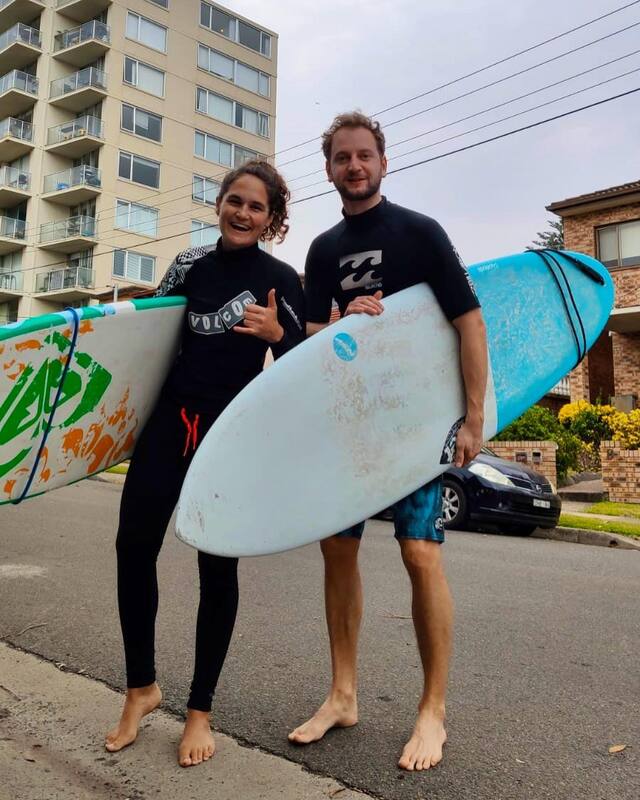
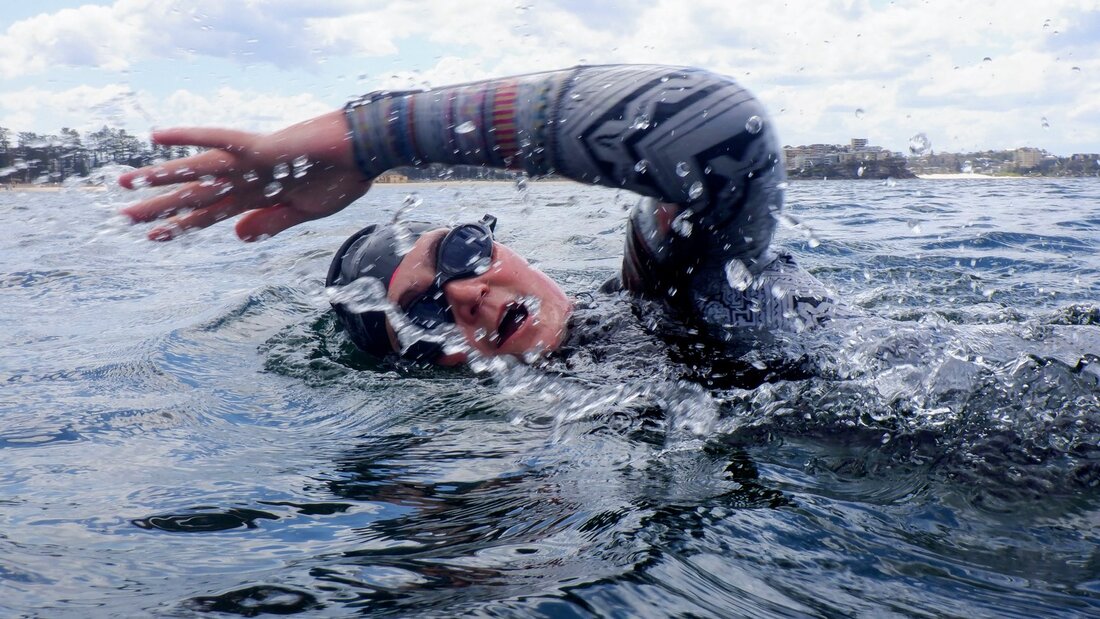
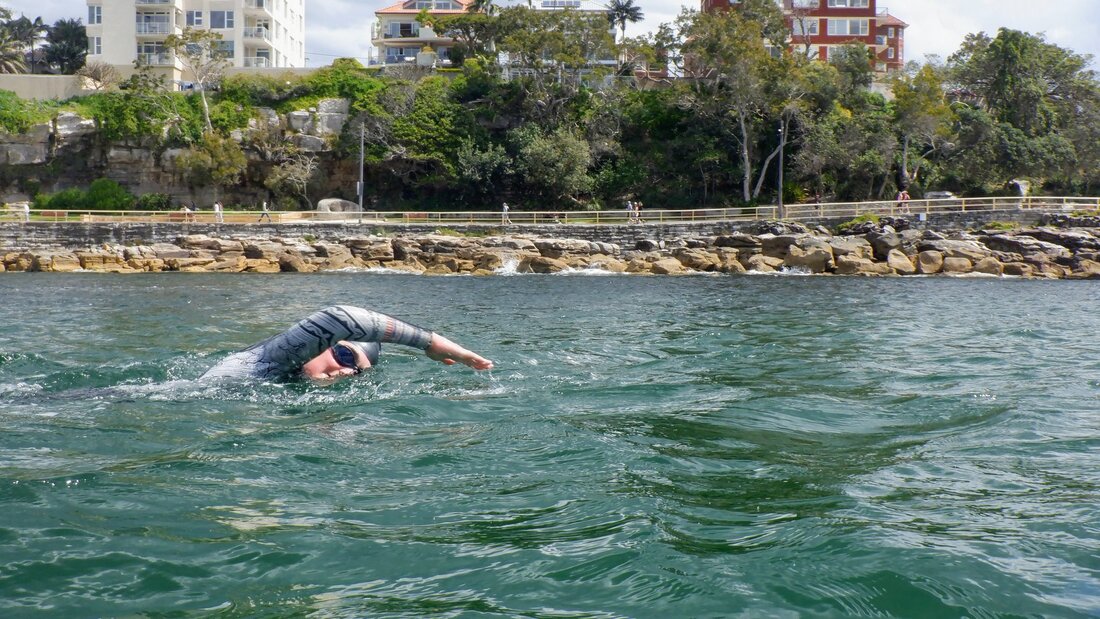
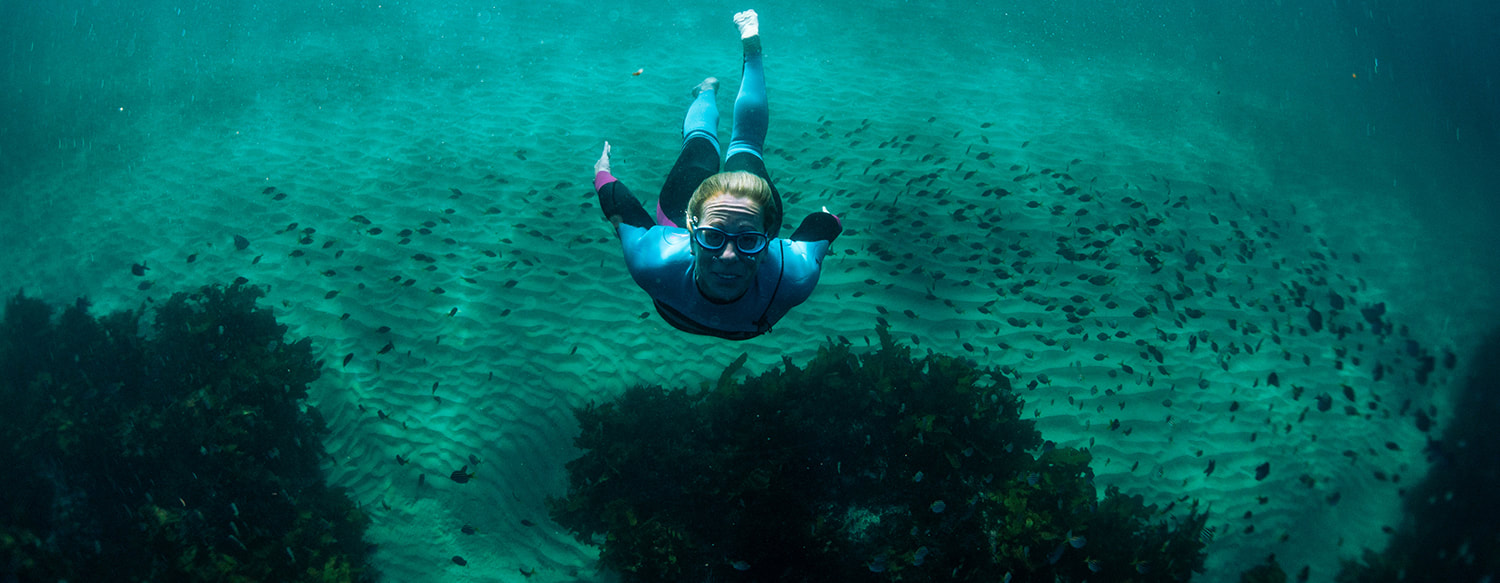
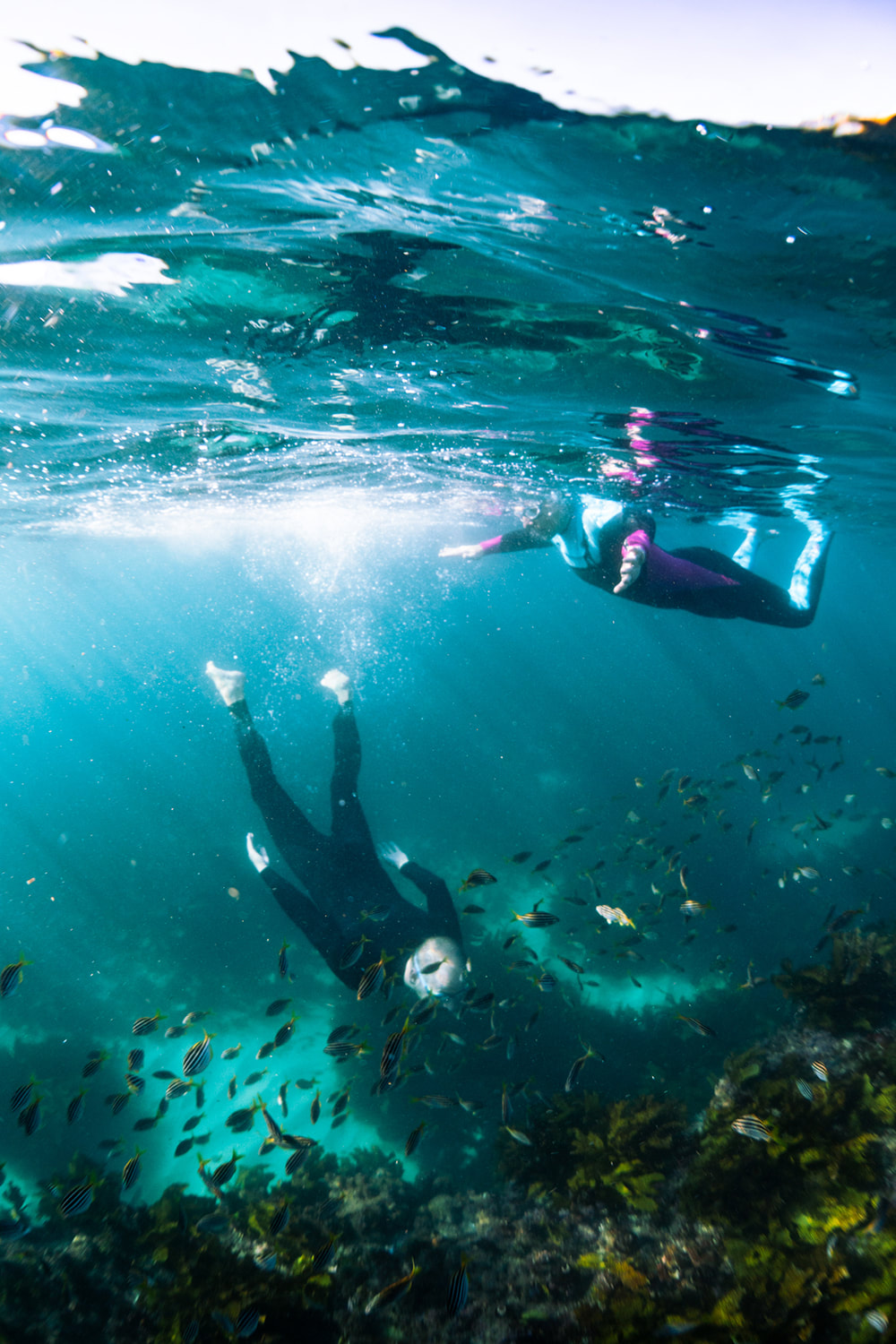
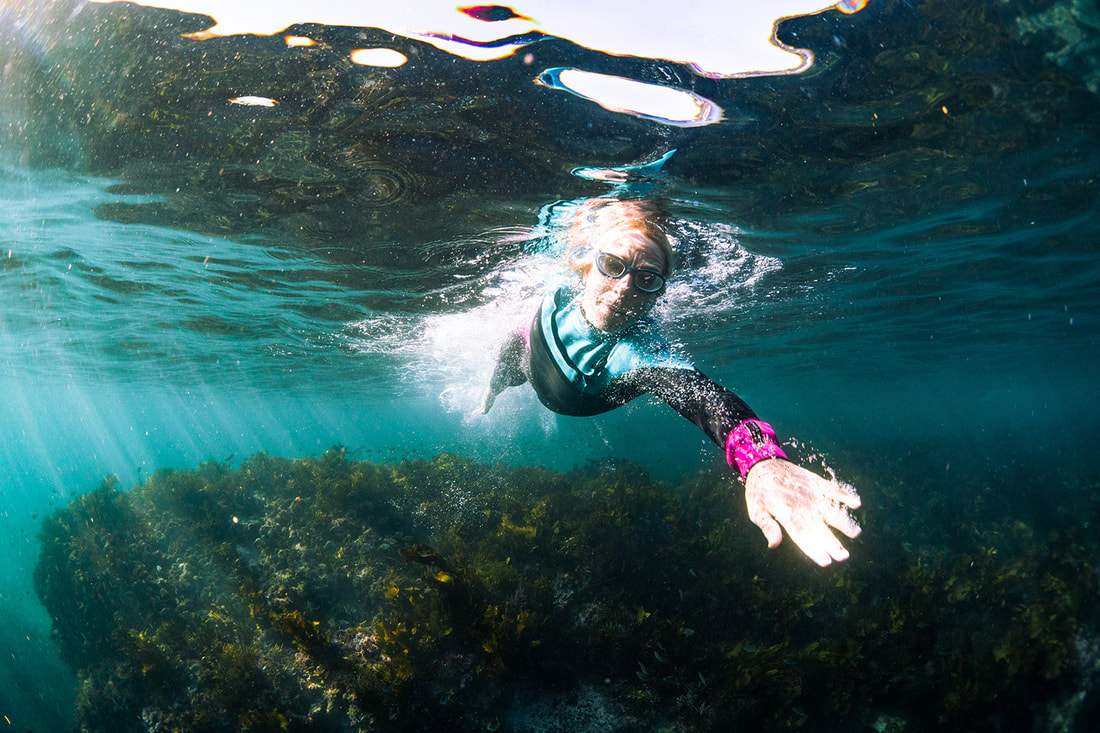

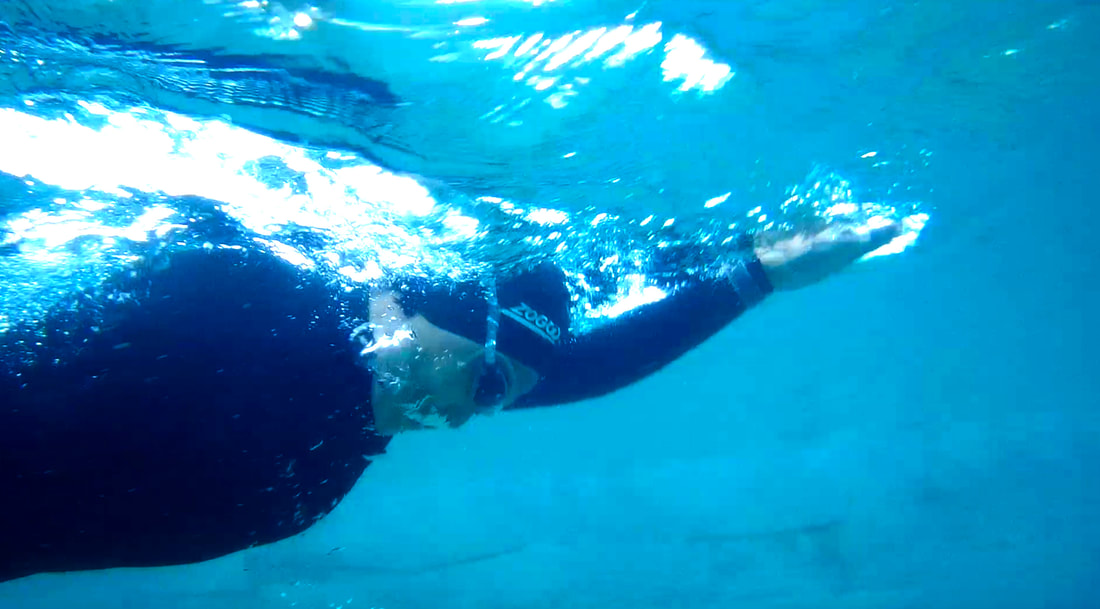
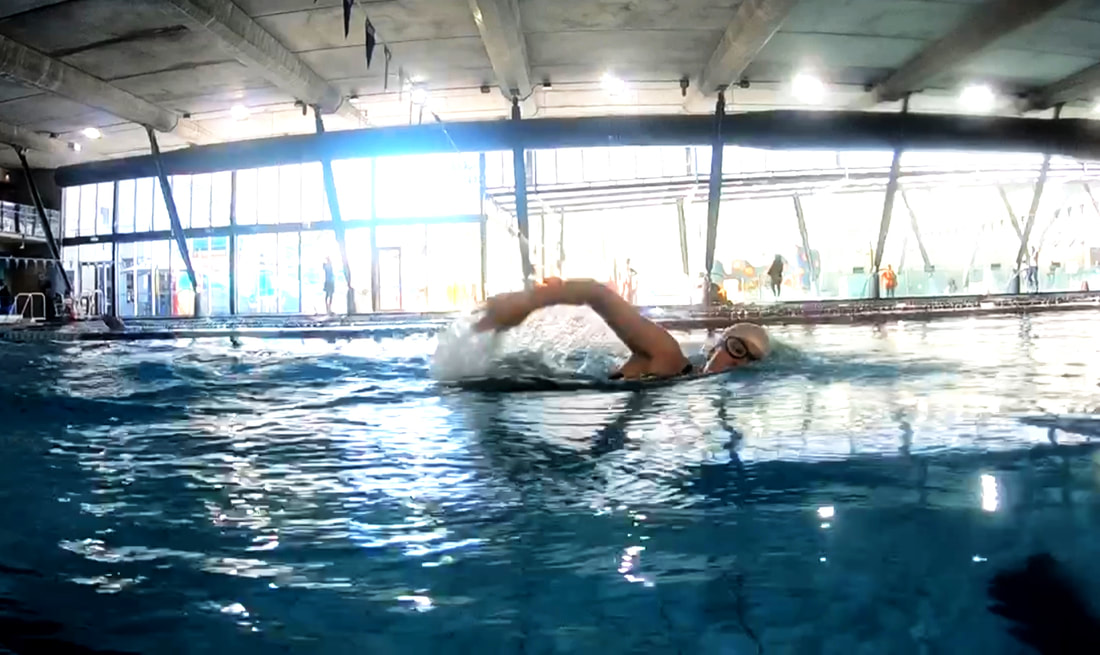
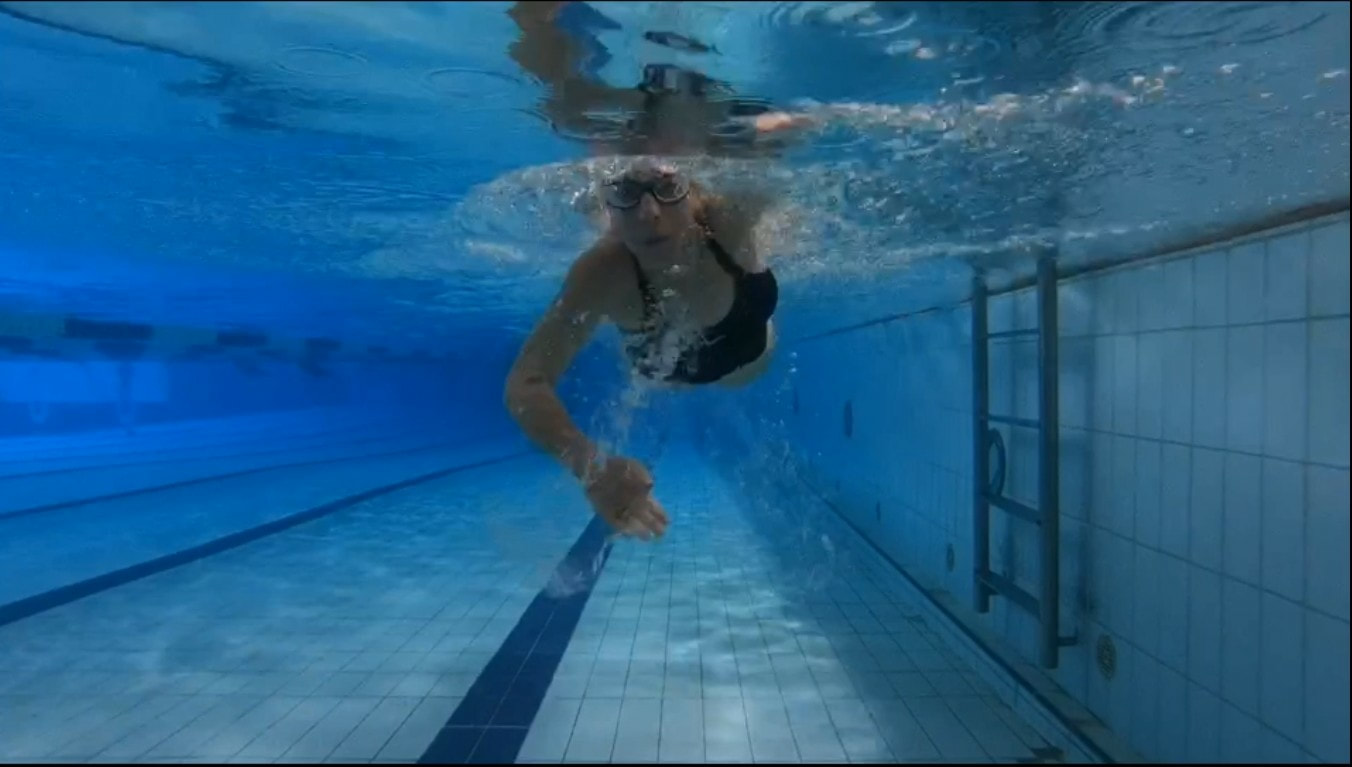
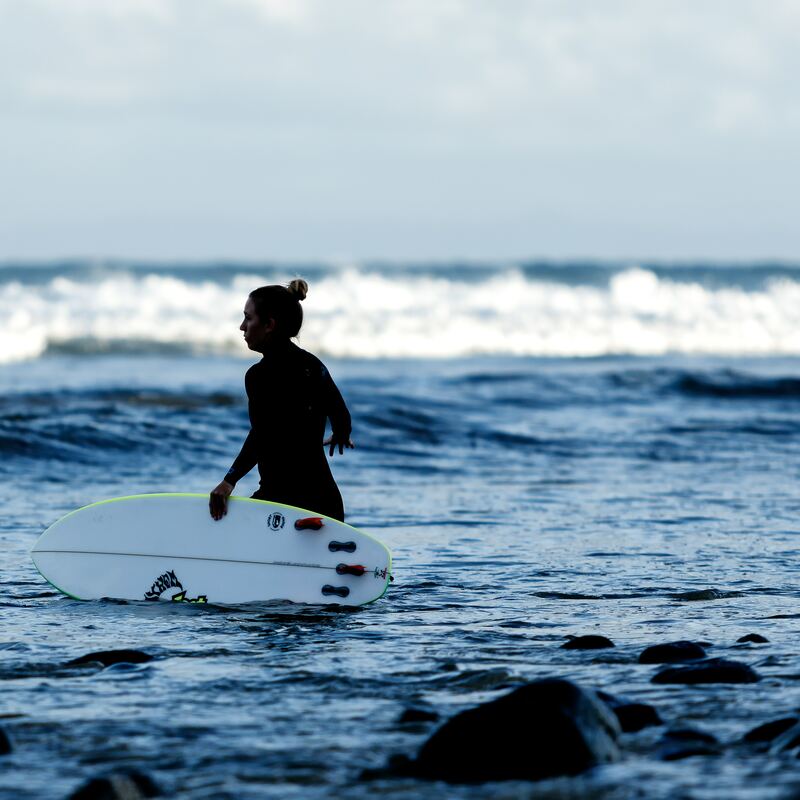
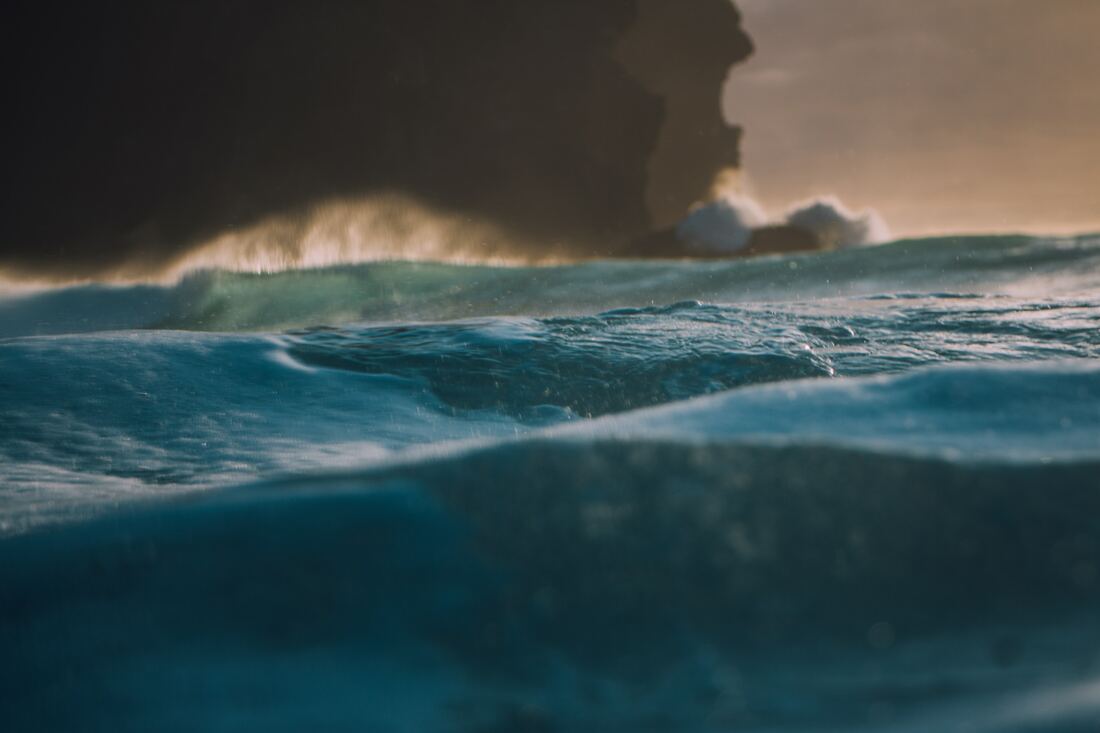
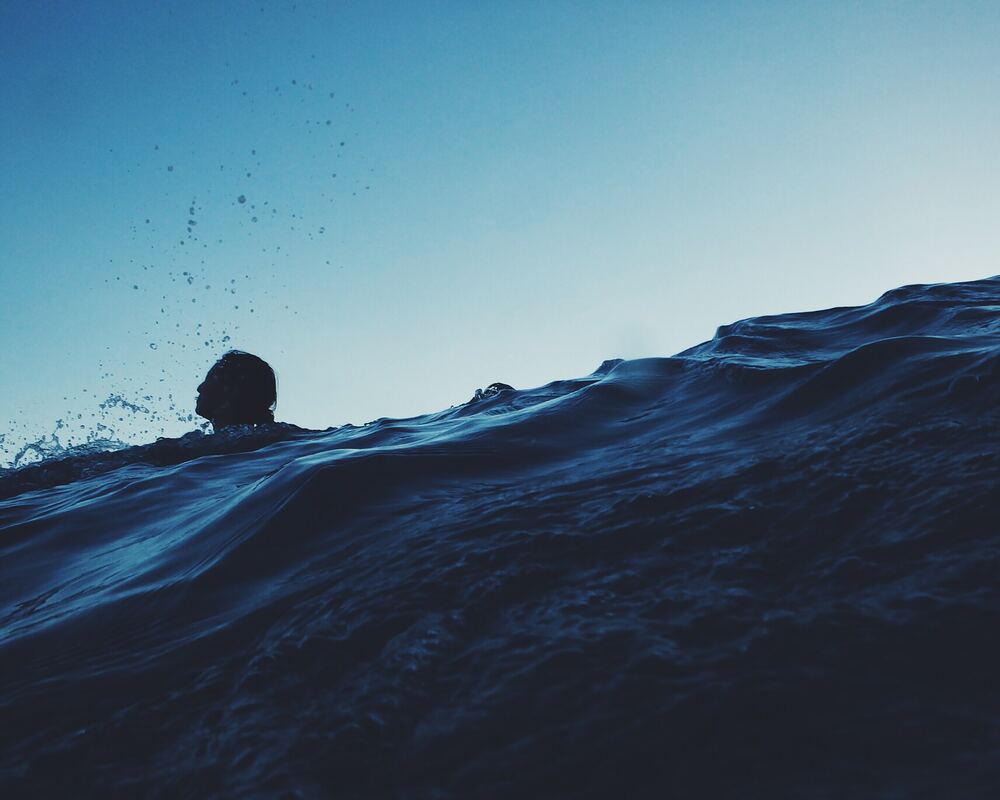
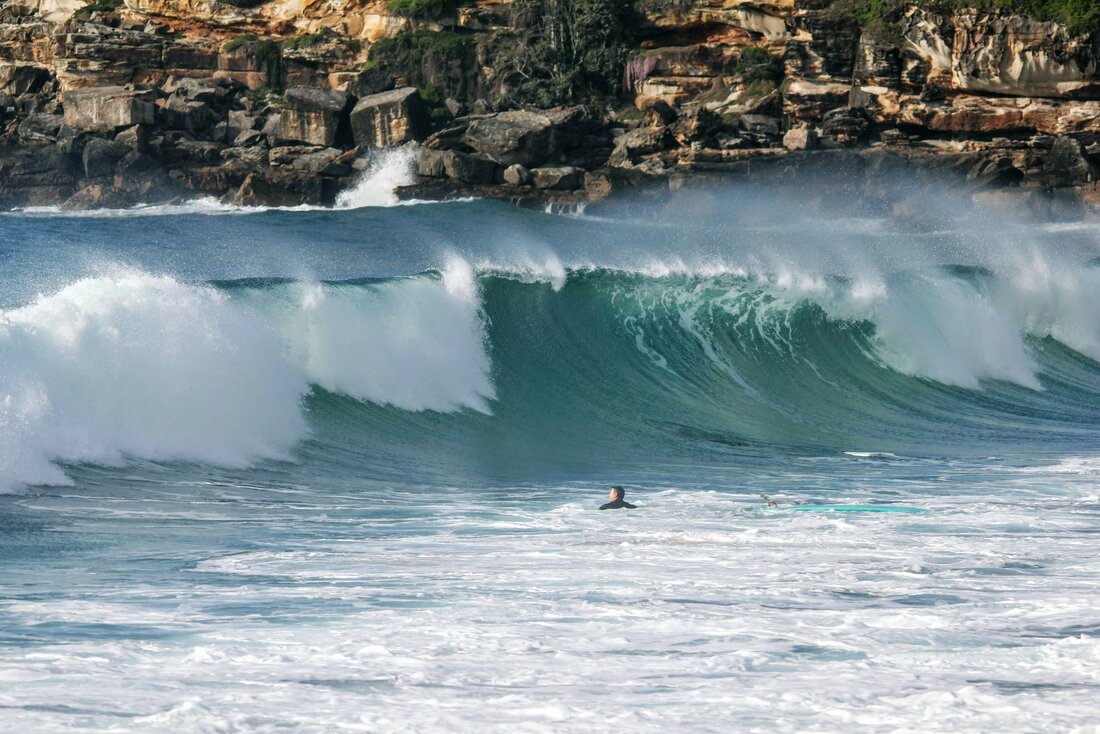
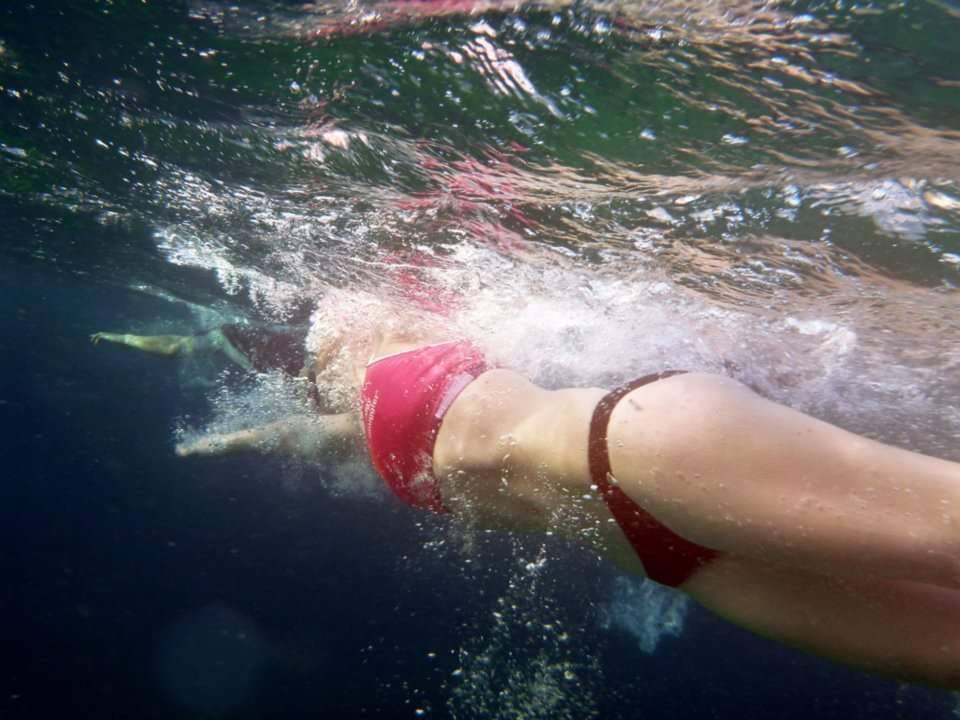
 RSS Feed
RSS Feed

